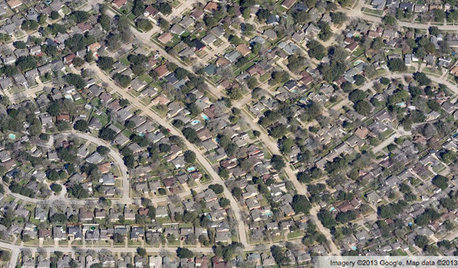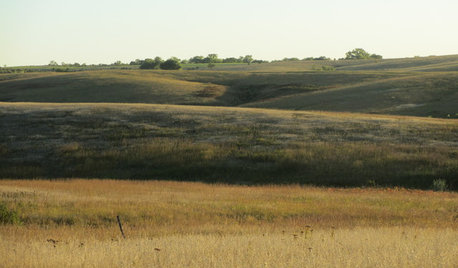What is yellow pattern pls? Do I need to get rid of these? part 2
henry_kuska
14 years ago
Related Stories

MOST POPULARHow to Get Rid of Those Pesky Summer Fruit Flies
Learn what fruit flies are, how to prevent them and how to get rid of them in your home
Full Story
DECLUTTERINGDownsizing Help: How to Get Rid of Your Extra Stuff
Sell, consign, donate? We walk you through the options so you can sail through scaling down
Full Story
DECORATING GUIDESGetting the Room Right: Part I
Great Spaces Show How to Avoid the Top 10 Decorating Mistakes
Full Story
DECORATING GUIDESGet Patterns Down Pat: Working With Patterned Furniture
Time to perfect your accents. Learn how to use pattern on furniture pieces to totally transform your rooms
Full Story
MORE ROOMSGetting the Room Right: Part II
Great spaces show how to avoid the Top 10 decorating mistakes
Full Story
COMMUNITYGet a Bird's-Eye View of America's Housing Patterns
See the big picture of how suburban developments are changing the country's landscape, with aerial photos and ideas for the future
Full Story
LIFEThe Polite House: How Can I Kindly Get Party Guests to Use Coasters?
Here’s how to handle the age-old entertaining conundrum to protect your furniture — and friendships
Full Story
DECORATING PROJECTSGet a Wallpaper Look With a Hand-Painted Touch
Stencil a pattern for all the beauty of your favorite wallpaper at a fraction of the cost
Full Story
GARDENING GUIDESHow to Get Your Prairie On
Have a field day with your landscape, even if you've got just a few modern containers on a paved path
Full Story
DECORATING GUIDESPattern Focus: The Power of Paisley
Rockin’ it for nearly 2 millennia, paisley is keeping up with the ages
Full Story






malcolm_manners
henry_kuskaOriginal Author
Related Discussions
What is this & how do I get rid of it?
Q
What is yellow pattern pls? Do I need to get rid of these?
Q
I have Kudzu-how do I get rid of Kudzu?
Q
Side note to getting rid of bermuda-How do you get rid of Oxalis?
Q
erasmus_gw
henry_kuskaOriginal Author
malcolm_manners
henry_kuskaOriginal Author
User
malcolm_manners
henry_kuskaOriginal Author
henry_kuskaOriginal Author
malcolm_manners
henry_kuskaOriginal Author
malcolm_manners
henry_kuskaOriginal Author
henry_kuskaOriginal Author
henry_kuskaOriginal Author
henry_kuskaOriginal Author
henry_kuskaOriginal Author
henry_kuskaOriginal Author